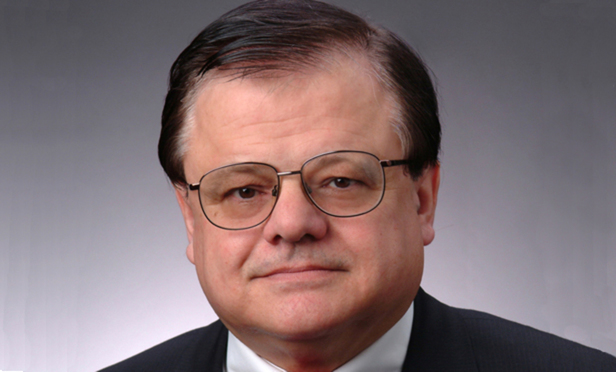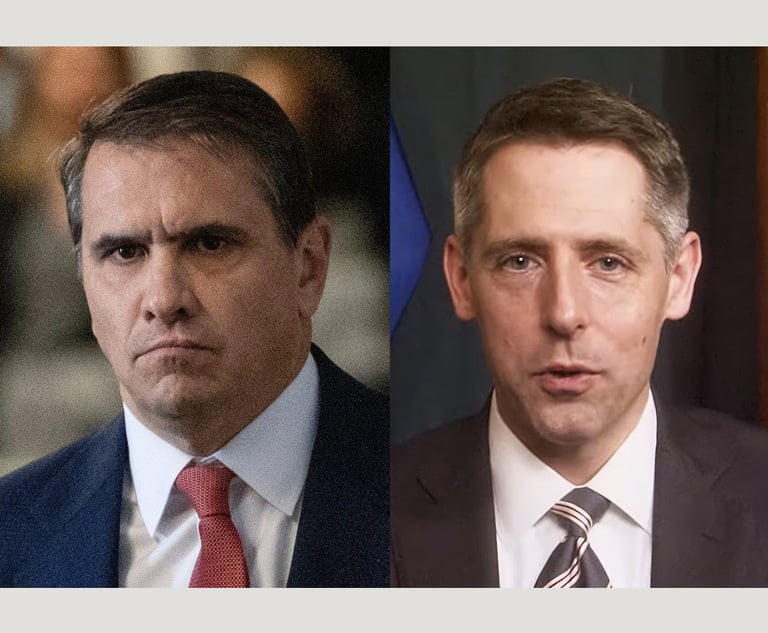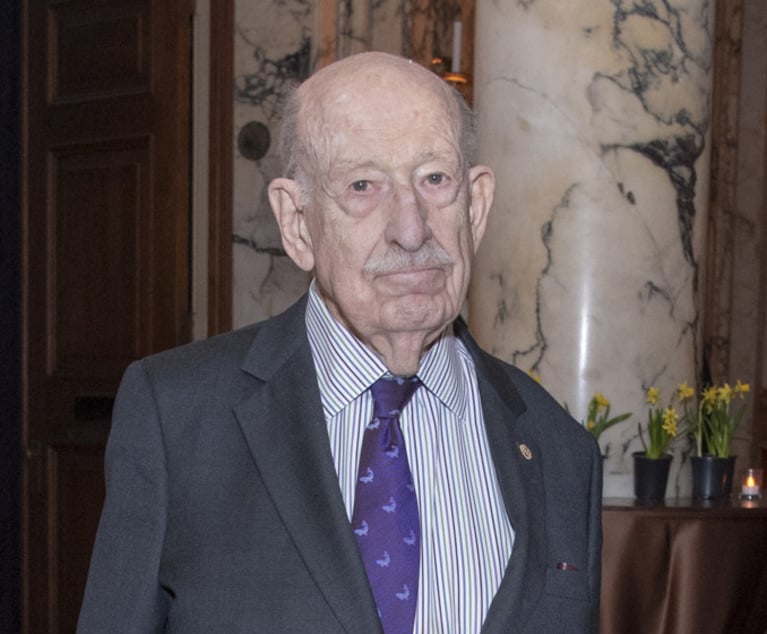In People v. Cummings, 2018 NY Slip Op. 03306 (May 8, 2018), the Court of Appeals addressed New York’s long recognized excited utterance exception to the hearsay rule. While this exception has been the subject of numerous decisions, the court’s opinion is notable for two separate reasons. First, the court in a carefully written opinion authored by Judge Rowan Wilson clearly doubles-down on the need to establish a sound foundation to invoke the exception, emphasizing especially the requirement that the declarant personally observed the event described in the excited utterance. Second, the concurring opinion, authored by Judge Jenny Rivera, but not joined in by any other judge, raised concerns about the exception’s continuing validity based upon recent scholarship by some courts and commentary questioning its underlying theory of reliability and thus admissibility. These two reasons are sufficiently significant to prompt a discussion of Cummings.
The Exception’s Elements
Discussion starts with a revisiting of the basics of the exception. The exception encompasses a statement made by a declarant relating to a startling event or condition made while the declarant was under the stress of excitement stemming from the event or condition. See generally Guide to NY Evidence Rule 8.17, Excited Utterance (rev. May 2018. The underlying reliability factor that justifies the admission of the hearsay statement is that the stress or excitement will preclude fabrication because that stress stills the declarant’s reflective capacity, as in People v. Nieves, 67 NY2d 125, 135 (1986). Supporting this theory of reliability, the Court of Appeals has set forth four requirements for admissibility under the exception: the occurrence of an event or condition sufficiently startling to produce a spontaneous and unreflective statement; the statement was made while under the influence of that startling event or condition; the statement is about that startling event or condition; and the declarant was a participant in the event or condition, or personally observed it, see Nieves, 67 NY2d at 135; People v. Coviness, 38 NY2d 227, 230-231 (1975); Rule 8.17. The Court of Appeals has historically stressed the need for the trial judge when asked about a hearsay statement under the exception to ensure that these foundation elements are met lest a statement of questionable reliability is admitted. See, Michael J. Hutter, “Excited Utterances and Present Sense Impressions: Time To Reevaluate?”, NYLJ, August 7, 2014, p. 3, col 1 (discussing the Court’s historical approach).


 Michael J. Hutter
Michael J. Hutter




